You can talk to me immersive space
You can talk to me immersive space is a series of art exhibitions to raise public awareness about victim-blaming phenomenon in regard to gender-based violence (GBV) and further aim to build a community of confidants (whom victims confide with).
Nearly 3,000 visitors in both exhibitions
More than 1,000 people hit interested/going online
Nearly 3,000 organic views on video recap 10,000 organic likes and shares on social posts in both pages (iSEE and S.O.S Share Our Stories)
Context:
Sexual harassment and sexual abuse cases in the press are growing more topical than ever before. We believe that each of us would want to support victims of sexual harassment and abuse, as well as help them to raise their voices and to overcome their pain. However, the question remains whether their communities, their relatives, their friends and each of us in society are truly ready to listen and understand victims’ experiences in a way that allows them to feel secure in sharing their stories.“Did she dress sexy?”
“Why did the boy resist so weekly?”
“What did you do to provoke perpetrator?”
“Did she make the story up?”, ...
Victims of sexual harassment and abuse not only suffer the physical and psychological injuries of incidents, but also face the victim-blaming language and behaviors of other people, ranging from their closest friendships to invisible strangers on the Internet.
Objectives and Contents:
“You can talk to me” immersive space invited visitors to step into a journey of bravery and courage. The exhibit displayed various works of art by contemporary artists, representing different dimensions of the issue of victim-blaming. On this journey, we might even realize that we had been a part of the problem.The “You can talk to me" immersive space consisted of nine artworks by seven artists and the S.O.S Share Our Stories team. It also introduced documentation from the exhibition “What were you wearing?”. Through their works, the creators would like to convey a notion of empathy that felt so humane for us to share; to feel secure and faithful, and hence to accompany other on the journey.
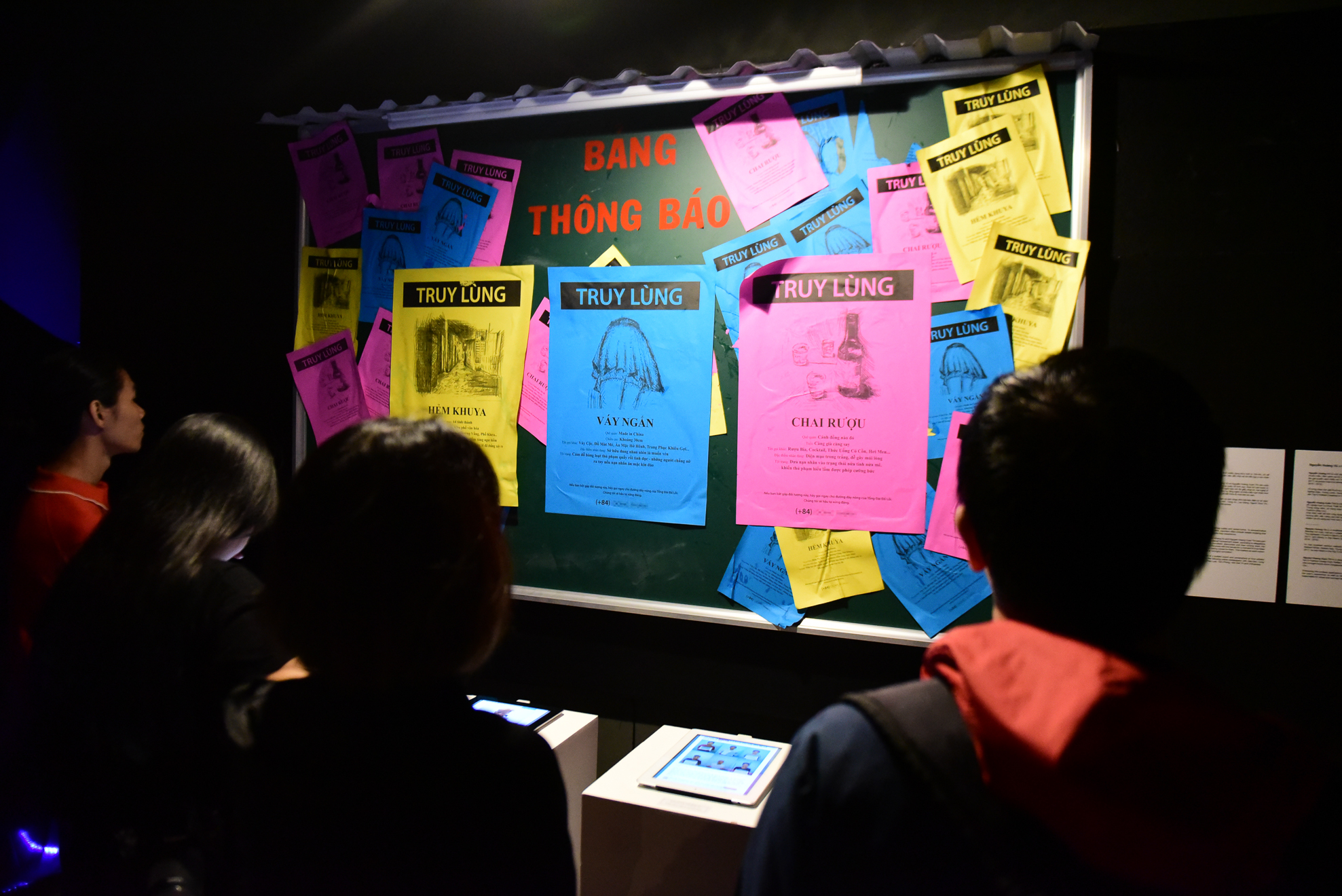
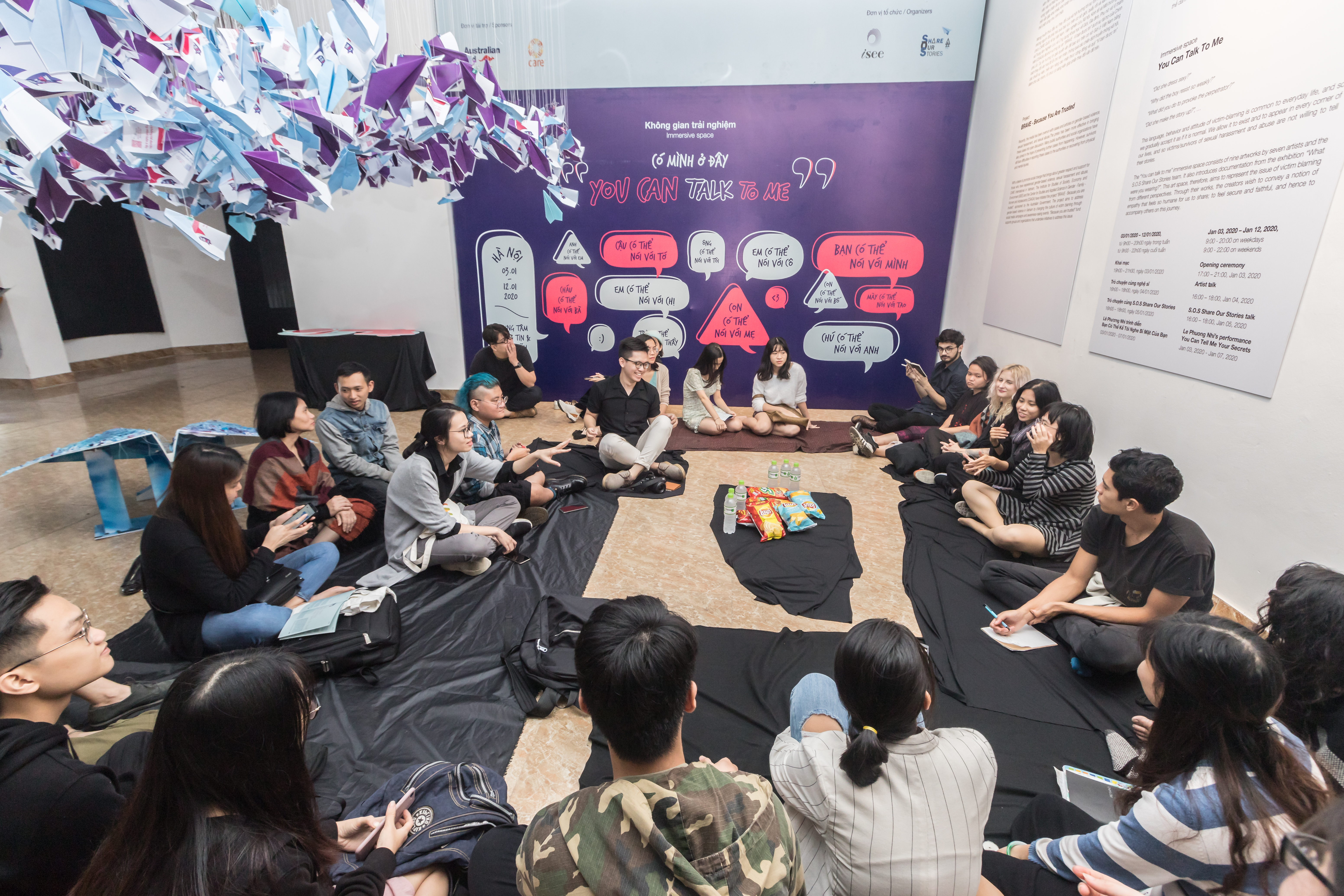
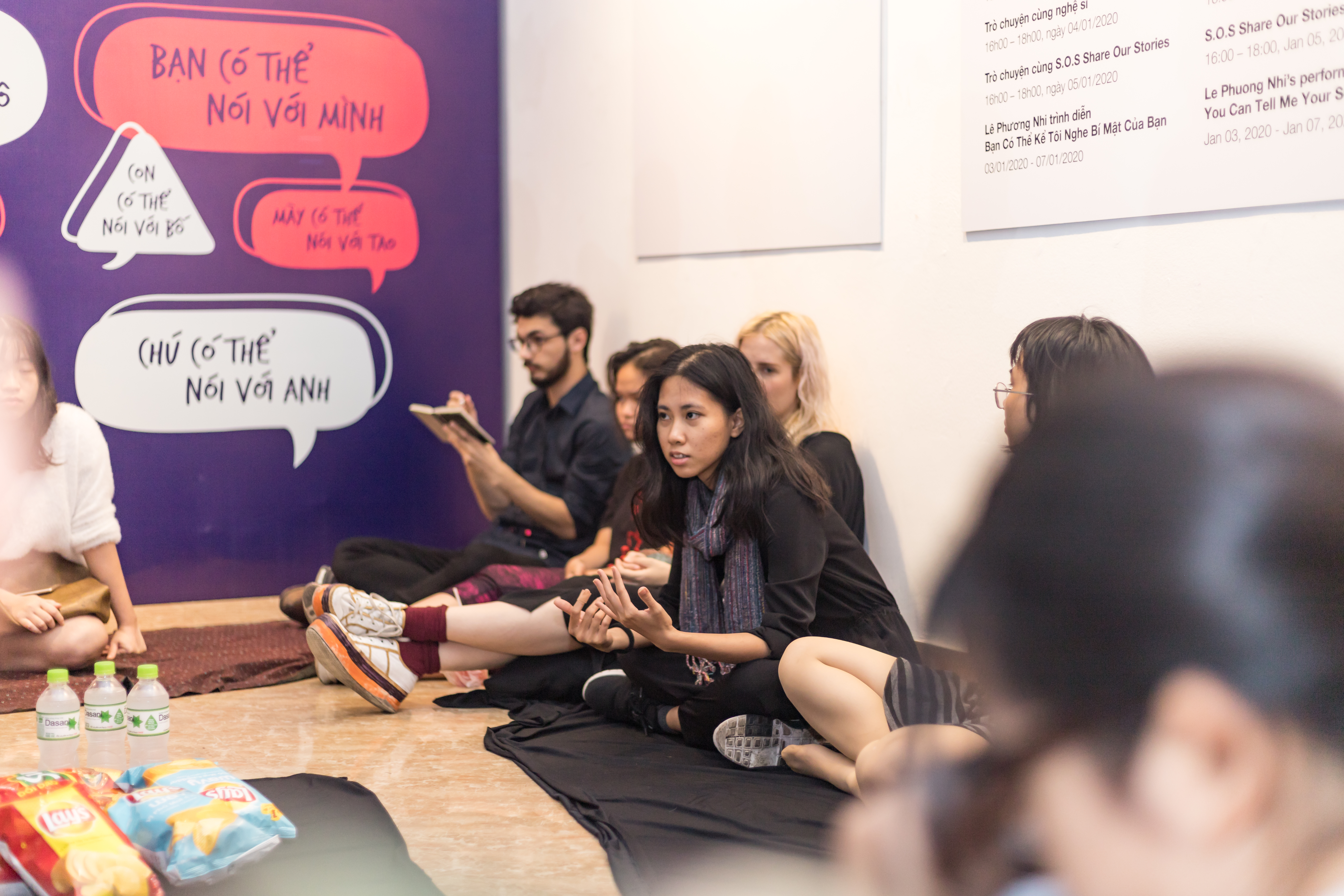



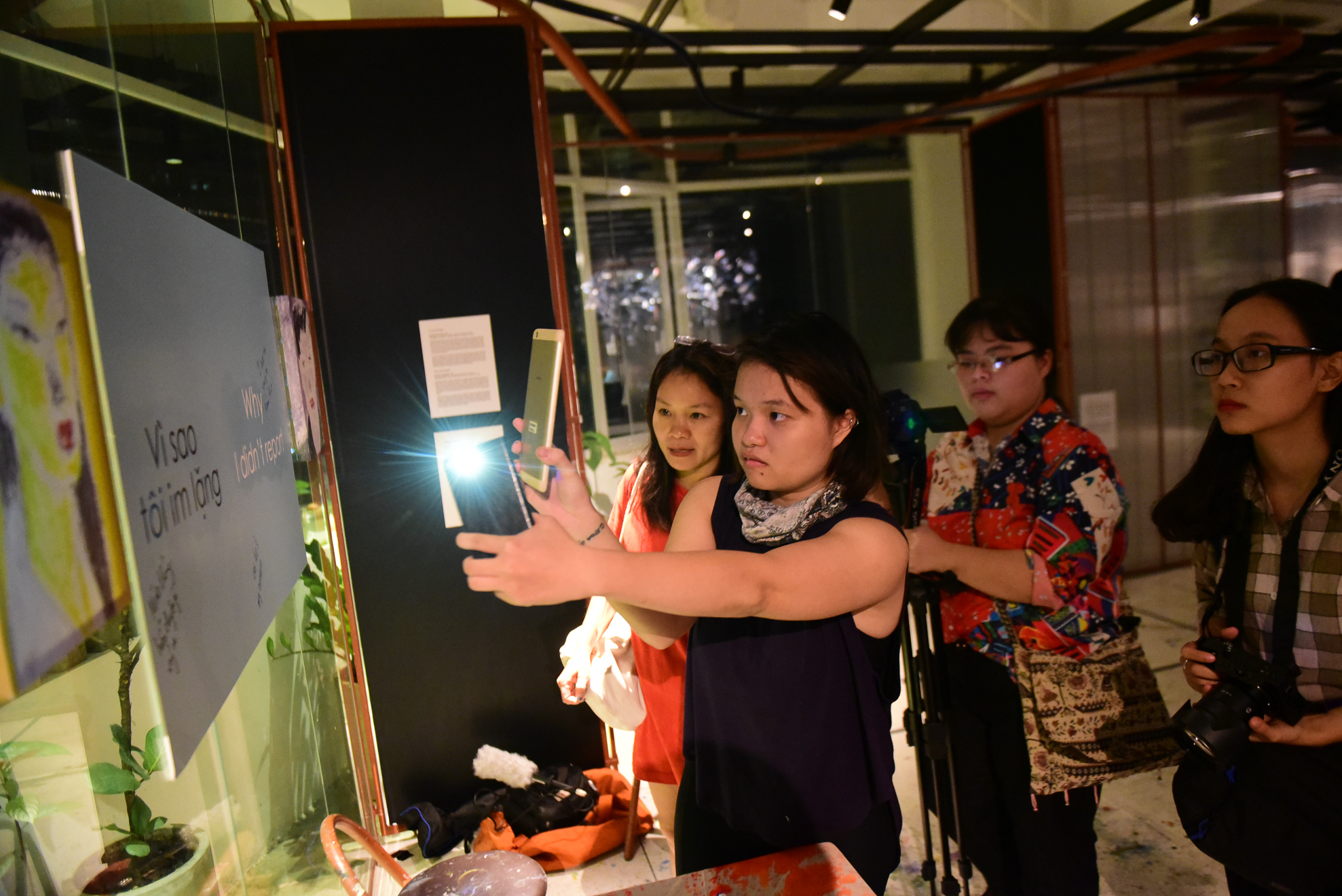

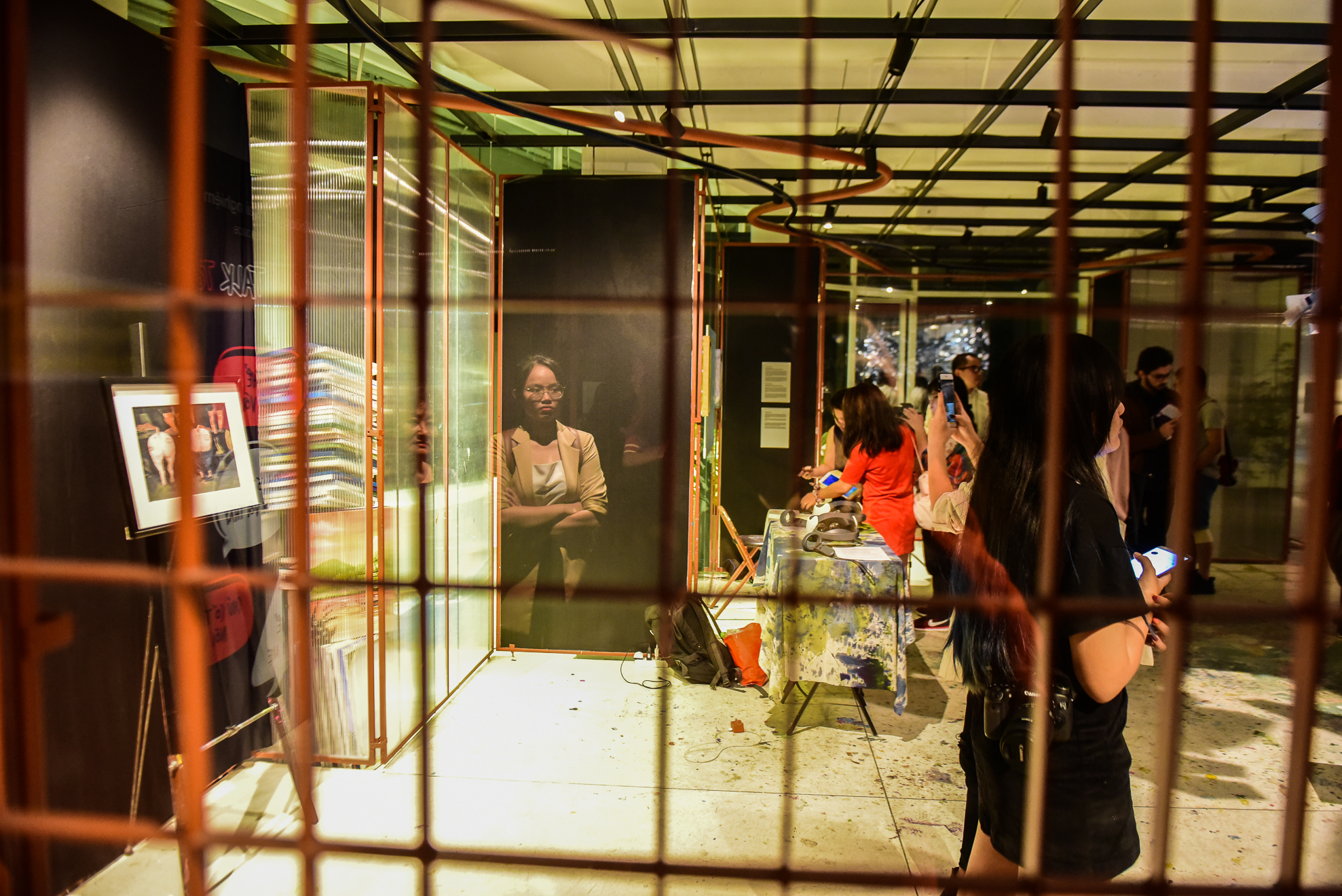

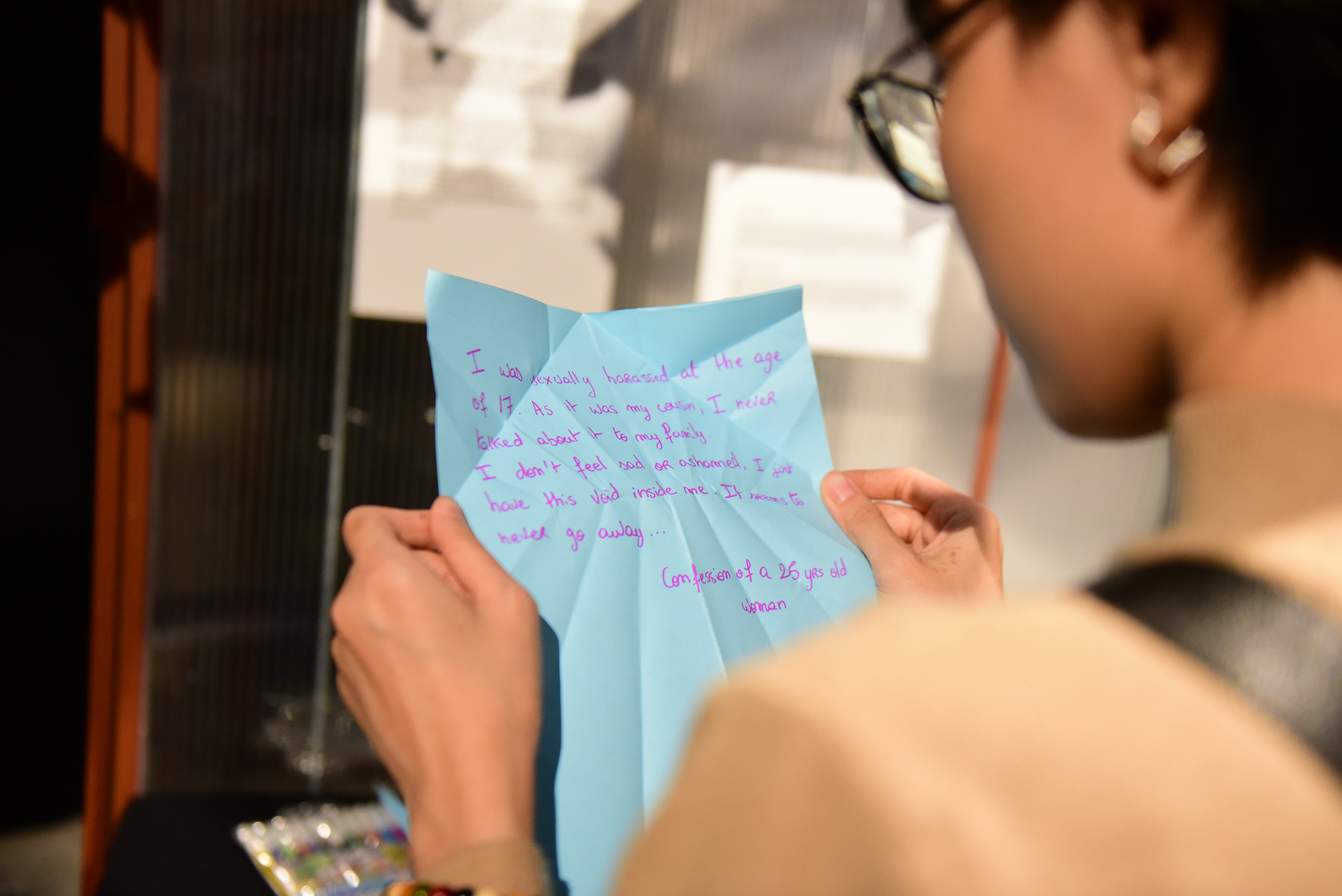
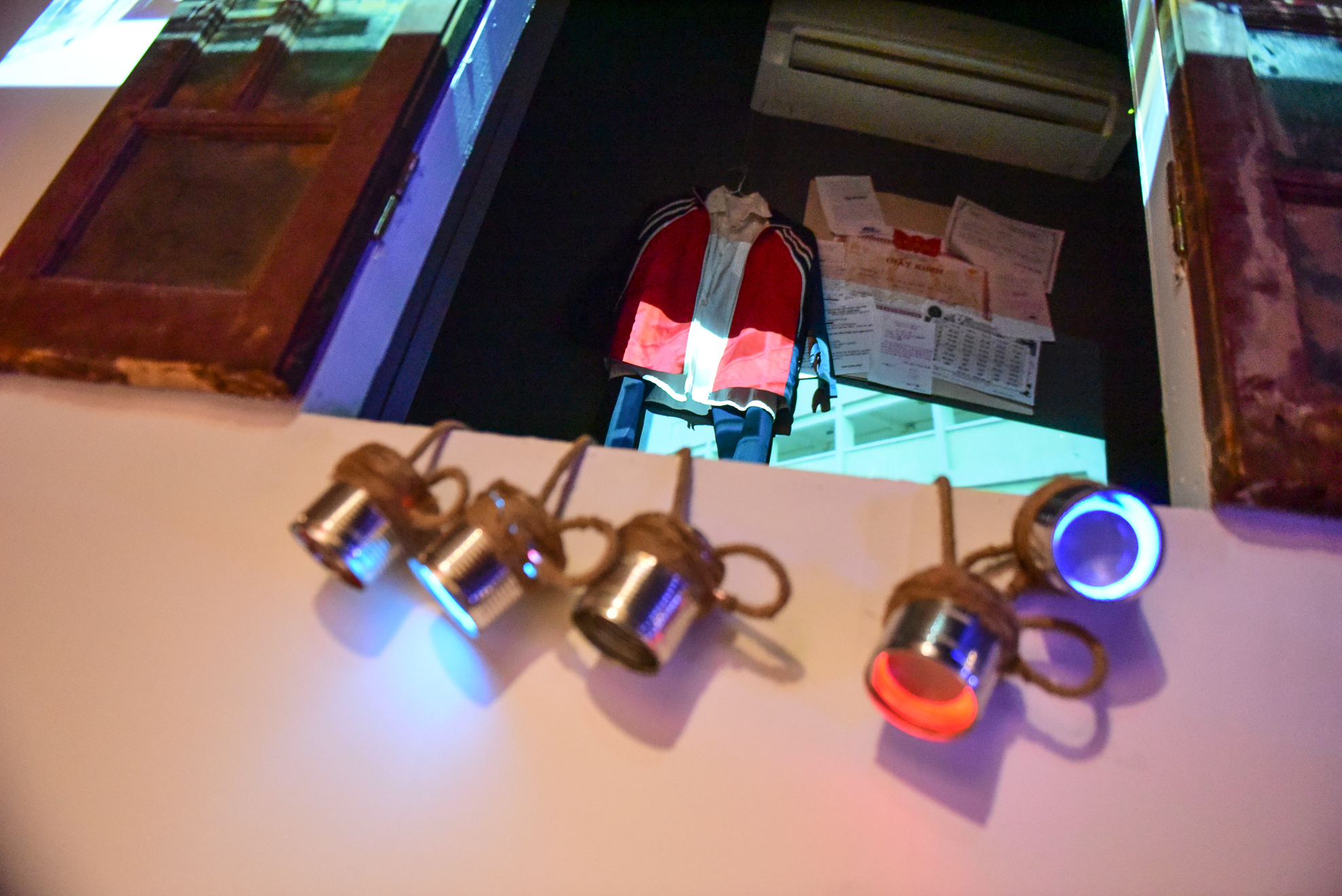


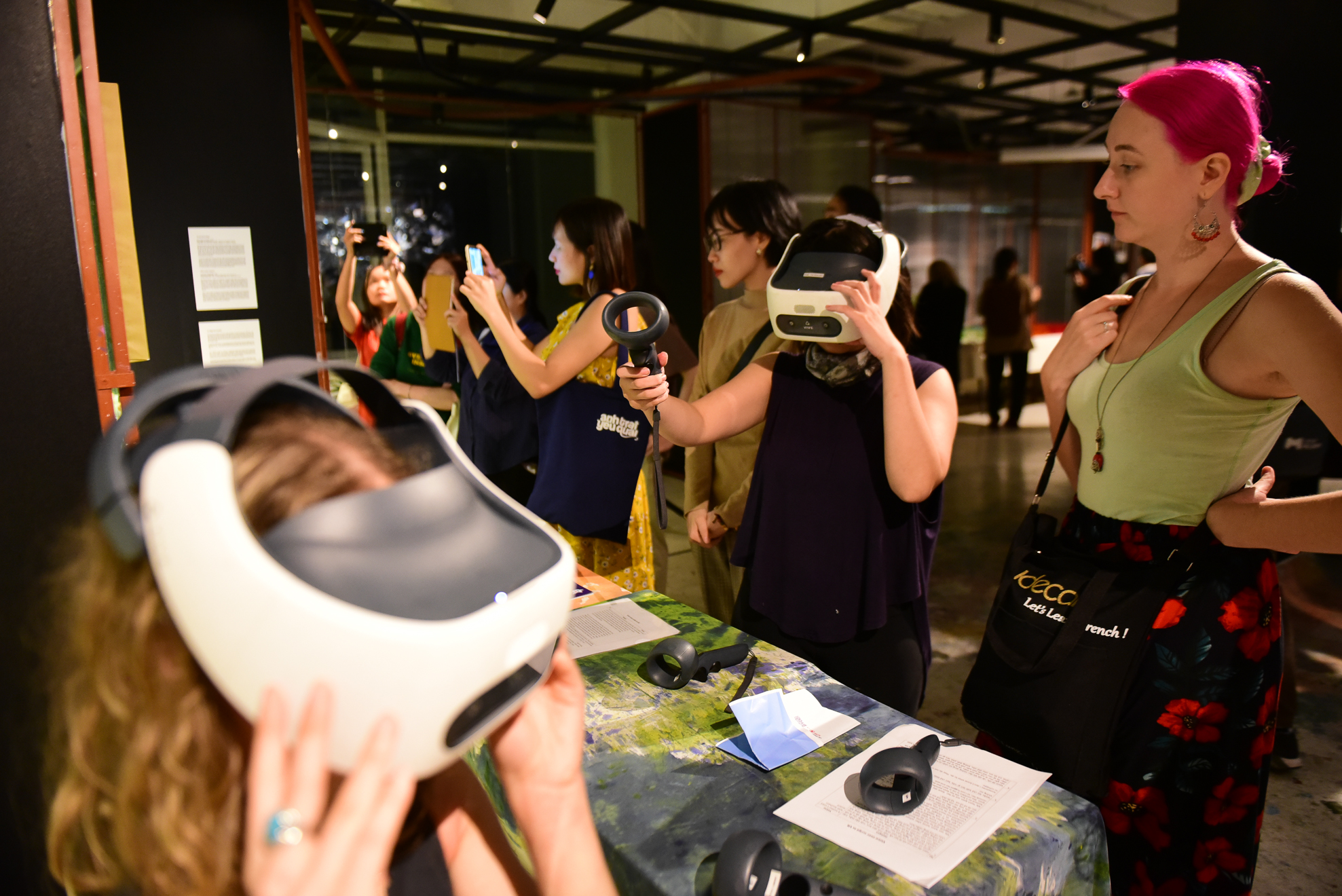




Target population:
Primary: Confidants of GBV victimsSecondary: mass audiences
Credits:
Project Manager: Son HoangCommunication Manager: An Binh
Art Director: Dinh Thao Linh
Artworks:
Pimple Door /mixed media sculpture/ - Nguyen Ngoc Tu Dung
You Can Tell Me Your Secrets /interactive performance/ - Le Phuong Nhi (Sam)
You Can Drink That Glass of Water /interactive installation/ - Le Phuong Nhi (Sam)
Listen To Me /mixed media installation/ - 101 Team
After The Void /interactive performance/ - Lucy Alexandra Howson
The Innocent Accomplices /mixed media installation/ - Nguyen Hoang Vu x Nguyen Hoang Xuan Thi
Why I Didn't Report /Virtual Reality + Augmented Reality/ - Jo Ngo
"Under The Skin" & "Four Legs Good, Two Legs Bad" /painting/ - Luis Bernardino
Paper Airplane Forest /interactive installation/ - S.O.S Share Our Stories
Documentation of “What were you wearing?” exhibition /mixed media installation/ - curated by Dinh Thao Linh and produced by mrbambii
____
References: (please click on the names of media below to view)’
News about the exhibition on HTV, Tien Phong Online, Zing News, ELLE.vn, Tuoi Tre Online
Words from visitors:
____
Collaborated with Mr. Son Hoang (Gender Justice Coordinator at that time), Dinh Thao Linh (independent artist and art curator) and S.O.S Share Our Stories (a group of young people with the aim of building a community of sharing, supporting and connecting for survivors of sexual harassment)
Sponsored by Australian Aid
